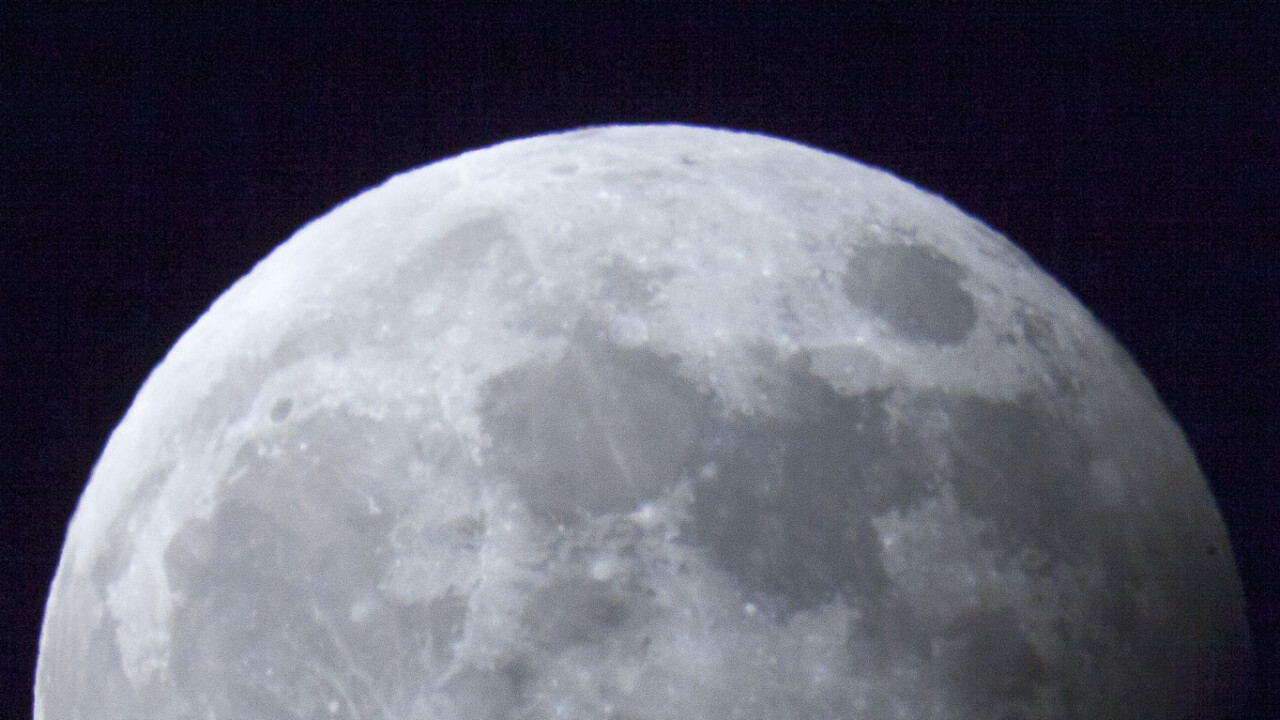
“We have all this money, we have all these people, why aren’t we doing more stuff? You may say that Apple only does a very, very small number of things, and that’s working pretty well for them. But I find that unsatisfying. I feel like there are all these opportunities in the world to use technology to make people’s lives better. At Google we’re attacking maybe 0.1 percent of that space. And all the tech companies combined are only at like 1 percent. That means there’s 99 percent virgin territory.”
– Google CEO, Larry Page talking to Wired, January 2013
An interesting point was made in the comments of our story about Google’s acquisition of robotics firm Boston Dynamics yesterday; what would happen if Apple invested some of its enormous cash pile into potentially world-changing ‘moonshots’, the same way that Google does?
It’s a good question. Why isn’t Apple – with a cash reserve of $147 billion as of October this year – not looking to tackle problems that could make the world a better place 50-to-100 years from now, rather than just investing in lighter, more powerful computers and iDevices, and small-fry innovations like smartwatches that will make them a heap more money in the short term?
The answer has to be, how do we know it’s not? Apple is famously secretive about what it’s going to announce in the next few months, let alone the next few decades. The company could easily hide its spending on ambitious R&D projects in its published financial results and we’d never know any better.
Other signals, like unusual hires and company acquisitions to fuel moonshots, wouldn’t necessarily show up on the public’s radar. We wouldn’t know much at all about Google’s moonshots if the company didn’t choose to discuss projects like self-driving cars, robotics research and Internet-conducting balloons with the media. No journalists picked up on any of its eight robotics company acquisitions until it chose to announce them. We know for a fact that Apple makes more acquisitions than are revealed to the public; what if some of those are in fields beyond consumer electronics and software?
A very Apple moonshot
So, if Apple could be working on moonshots, what might they be? Looking at Apple’s approach to business, it seems hard to believe that they’d be in quite the same vein as Google. It just doesn’t feel to be in the company’s DNA. You can’t imagine Apple hiring someone like futurist Ray Kurzweil, for example. Kurzweil’s focus on the singularity, where artificial intelligence surpasses human capabilities, feels far more Google-y than it does Apple-y.
Yet Apple does have interests and passions beyond selling you more stuff. Beyond the company’s product- and business-focused ideals like ease of use, the importance of design and improving working conditions in China, CEO Tim Cook cares about things like equality and fighting AIDS. Could Apple be working on moonshots in these fields? Perhaps, but it feels like whatever ambitious R&D projects it might work on would be focused on making the world a better place in a very human way, as opposed to advancing towards the singularity.
Whatever an Apple moonshot might be (if indeed one exists), we probably won’t know any time soon. Apple – and the people who run it – are far too secretive for us to make any solid guesses. Still, it’s nice to think that wealthy, successful tech companies beyond Google might be working on projects that will advance the human race in a way beyond just giving us all more gadgets to buy.
Image credit: Shutterstock
Get the TNW newsletter
Get the most important tech news in your inbox each week.





